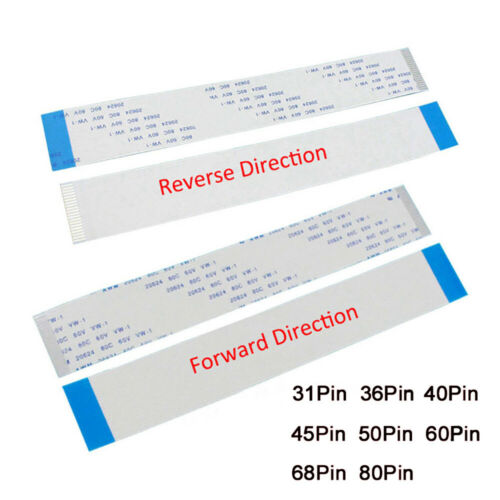-40%
E-Blocks Adapter for PIC Training & Development Board
$ 5.01
- Description
- Size Guide
Description
E-Blocks 8 Push Button BoardEB007
This is a
downstream
E-blocks peripheral module, designed to be controlled by one of the
upstream E-blocks
processing boards which are available in a variety of MCU/CPLD architectures.
E-Blocks board with 8 Push-to-Make-Contact Switches
This simple switch panel contains 8 push-to-make-contact switches — one for each line on the E-blocks port. It contains both an upstream E-blocks connector, for connection to a processing module, and a downstream E-blocks connector, which can be used to connect to other E-blocks modules, forming an 8-line bus.
This switch circuit board assumes that to operate correctly, each input on the upstream processor board will be configured as a high-impedance input. With this in mind, each circuit consists of a 4k7 pull-down resistor which, when the switch is open, ensures a logic level 0 at the output from the switch board and processor input pin. When a switch is pressed, the output from the switch board is connected effectively to a 390-ohm resistor to the positive rail (usually 5V), or to logic 1. When the switch is pressed, the effect of the 4k7 pull-down resistor in each circuit can be deemed to be negligible. The board requires a +5V connection, which can be achieved easily by running a wire to an E-blocks processing module.
E-Blocks Overview
E-Blocks are small circuit boards each of which contains a block of electronics that you would typically find in an electronic system. Each E-Block performs a separate function as either an input sub-system, an output sub-system, an input/output sub-system or a processing sub-system.
E-Blocks can be put together to form a variety of systems that can be used for teaching and learning electronics, and for the rapid prototyping of complex electronic systems.
Each E-Block has one or more 9-way D-type connectors that provide up to eight input/output lines and a ground line. These D-type connectors allow connection between E-Blocks to be made in buses of multiples of
8 lines,
just like a real electronic system. Power is routed separately to those E-Blocks that need it.
Processing E-Blocks based on PIC, dsPIC, ARM or AVR microcontrollers control the whole E-Blocks system. Processing E-Blocks provide up to five input/output ports with up to eight lines per port.









